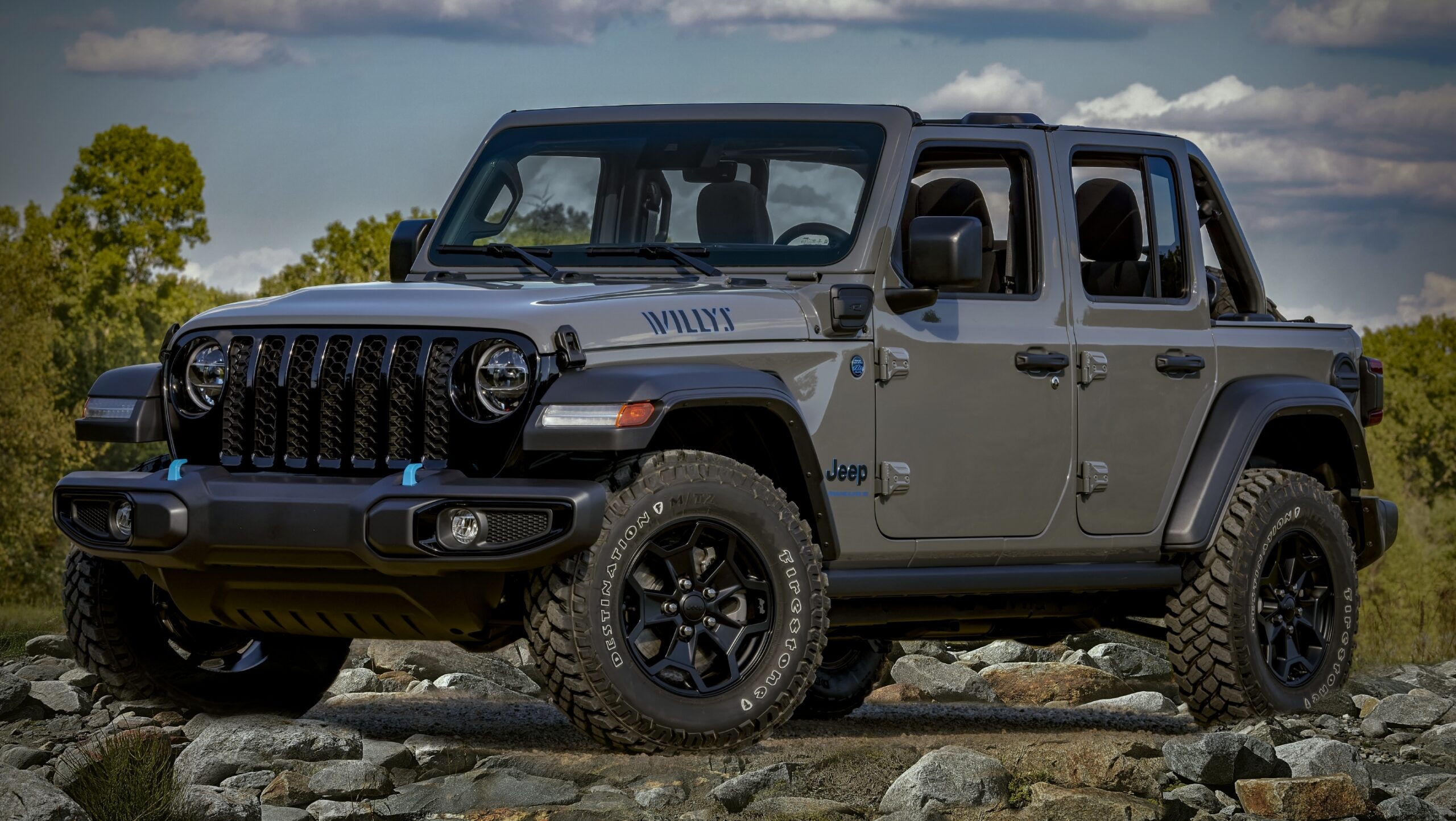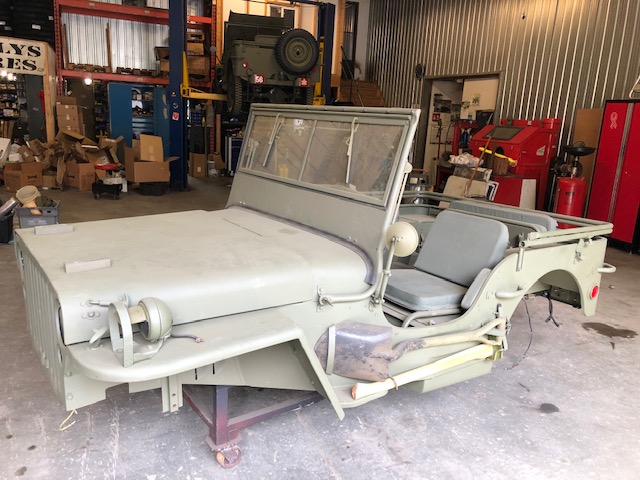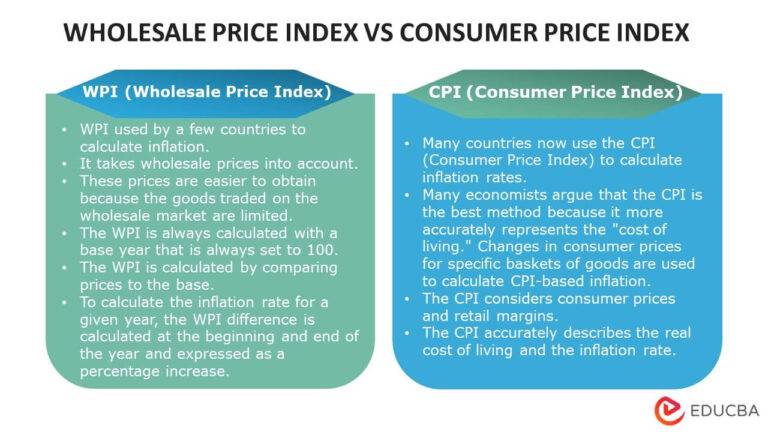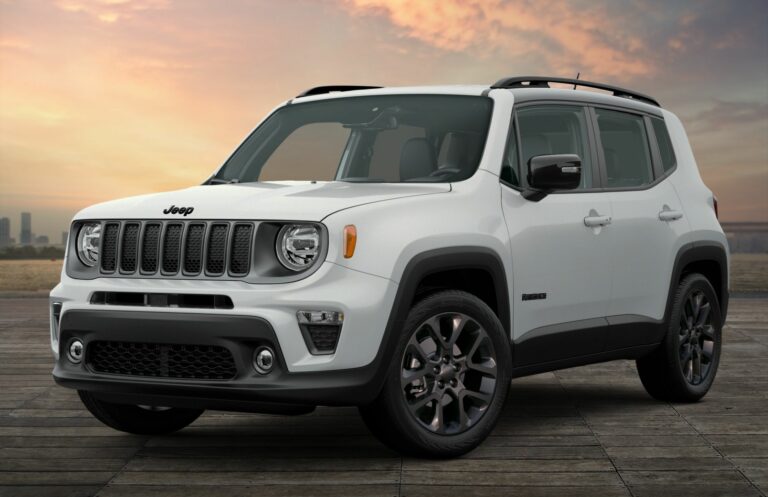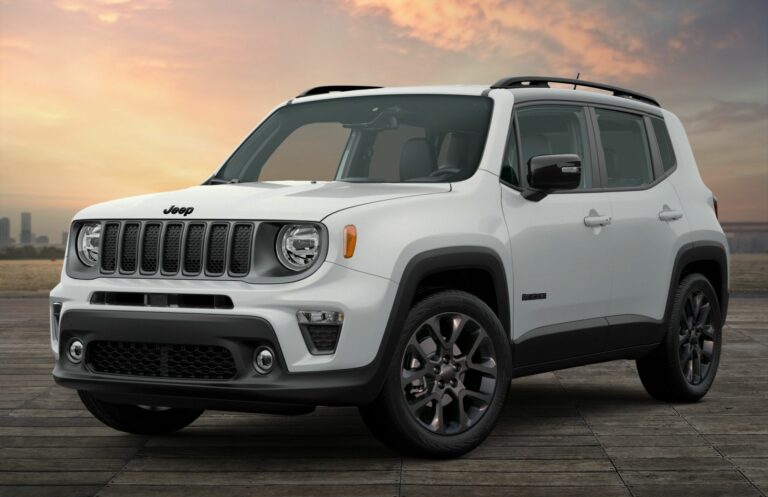Jeep Stroker Motor For Sale: Unleash the Beast Within Your Wrangler or Cherokee
Jeep Stroker Motor For Sale: Unleash the Beast Within Your Wrangler or Cherokee jeeps.truckstrend.com
The iconic Jeep, known for its rugged capability and adventurous spirit, often finds itself craving more power, especially when tackling challenging trails, carrying heavy loads, or simply desiring a more responsive daily driving experience. While V8 swaps are an option, they often come with significant complexity and cost. Enter the Jeep Stroker Motor – a highly effective and popular solution to inject serious horsepower and torque into your beloved 4.0L (or even 4.2L) inline-six engine.
This comprehensive guide will delve into everything you need to know about Jeep stroker motors for sale, from understanding what they are and their immense benefits, to navigating the purchasing process, considering crucial supporting modifications, and addressing common concerns. If you’re looking to transform your Jeep from capable to colossal, read on.
Jeep Stroker Motor For Sale: Unleash the Beast Within Your Wrangler or Cherokee
Understanding the Jeep Stroker Motor: More Cubic Inches, More Muscle
At its core, a "stroker" motor is an internal combustion engine modified to achieve increased displacement, primarily by utilizing a crankshaft with a longer "stroke" than the original. In the context of Jeep’s venerable 4.0L (242 cubic inch) inline-six, this typically involves:
- Longer Stroke Crankshaft: The most common approach is to use a crankshaft from an older 4.2L (258 cubic inch) Jeep engine, which has a longer stroke. Some aftermarket cranks are also available for even more aggressive builds.
- Matching Connecting Rods: To accommodate the longer stroke, shorter connecting rods are often used, or custom rods are fabricated, to ensure the piston doesn’t hit the cylinder head at Top Dead Center (TDC) or extend too far out of the bore at Bottom Dead Center (BDC).
- New Pistons: Specific pistons are required to match the new rod/stroke combination and often feature a slightly smaller compression height. Sometimes, a larger bore is also incorporated (e.g., boring the cylinders out by .030" or .060") to further increase displacement.
The result is a significantly larger engine (common sizes include 4.6L, 4.7L, 4.9L, and even 5.0L) that retains the robust inline-six architecture but delivers a substantial boost in power and, critically, torque. This added displacement directly translates to more "grunt" right off idle, making it ideal for the demands of off-roading, towing, and spirited on-road driving.

Why Choose a Stroker for Your Jeep? Benefits & Advantages
The appeal of a Jeep stroker motor is undeniable for a variety of reasons:
- Dramatic Power & Torque Increase: This is the primary driver. A well-built 4.7L stroker can easily produce 240-280 horsepower and 300-350+ lb-ft of torque, a significant leap from the stock 4.0L’s 190hp/220lb-ft. This power is often available lower in the RPM band, which is perfect for crawling.
- Enhanced Off-Road Capability: More low-end torque means less reliance on high RPMs to clear obstacles, better control on steep ascents, and easier articulation over challenging terrain. It also helps compensate for larger tires and heavier aftermarket armor.
- Improved Towing Performance: If your Jeep doubles as a tow rig, a stroker motor will make light work of trailers, reducing strain on the drivetrain and improving highway manners.
- Better Daily Drivability: Beyond off-road prowess, a stroker makes your Jeep feel more responsive and effortless in everyday driving. Merging onto highways, climbing hills, or just cruising becomes a much more enjoyable experience.
- Retain Stock Drivetrain Compatibility: Unlike a full V8 swap, a stroker often allows you to retain your existing transmission (AW4, AX15, NV3550) and transfer case, saving considerable time, complexity, and money on adapters and modifications.
- Maintain OEM Reliability (with proper build): Because it’s still an inline-six, the fundamental reliability of the original engine design is maintained. A properly built stroker, using quality components and meticulous assembly, can be as reliable, if not more so, than a stock engine.
- "Sleeper" Potential: From the outside, your Jeep still looks stock, but under the hood lurks a powerhouse, ready to surprise unsuspecting drivers.

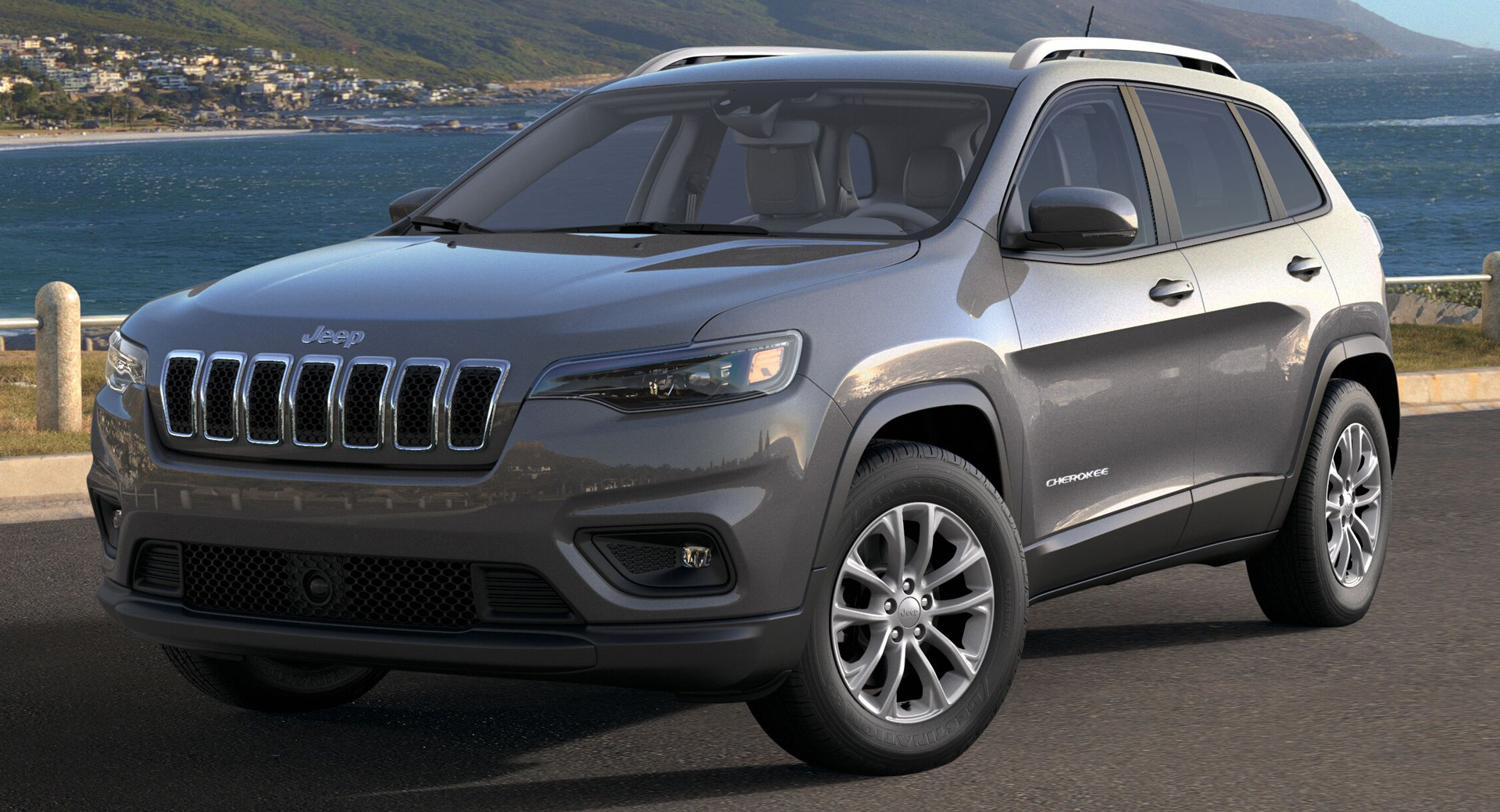
Key Considerations When Buying a Jeep Stroker Motor
Purchasing a stroker motor, especially a pre-built unit, requires careful consideration to ensure you’re getting a quality product that meets your needs.
- Source & Reputation:
- Reputable Builders: Many specialized shops and engine builders have perfected the art of Jeep stroker builds. Look for those with positive reviews, a long track record, and specific expertise in Jeep engines. They often offer warranties.
- Private Sellers: Be cautious. While you might find a good deal, verifying the build quality, components used, and actual condition can be difficult. Ask for detailed build sheets, photos, and any dyno results.
- Build Quality & Components:
- Crankshaft: Is it a remanufactured 4.2L crank, or a new aftermarket unit? Has it been professionally balanced?
- Connecting Rods: Aftermarket rods are generally stronger. Are they new or reconditioned?
- Pistons: Forged pistons are stronger than hypereutectic, especially for more aggressive builds. What bore size?
- Cylinder Head: Has it been ported, had larger valves installed, or received any other performance enhancements? Is it cracked (common on 4.0L)?
- Camshaft: What grind is used? Different cams are optimized for low-end torque (off-road) or high-RPM power (street).
- Machining: Was the block decked, bored, honed? Was the rotating assembly balanced?
- Warranty: What kind of warranty, if any, is offered? Parts only, or parts and labor?
- Displacement & Performance Goals:
- 4.6L: Often uses a stock 4.0L bore with a 4.2L crank. A mild, reliable upgrade.
- 4.7L: Very popular. Achieved with a 4.2L crank and a slightly larger bore (.030" or .060" over). Excellent balance of power, torque, and reliability.
- 4.9L/5.0L: More aggressive builds, requiring larger bores and sometimes custom cranks/rods. Deliver maximum power but may require more specialized tuning and supporting mods.
- Match the displacement to your primary use (daily driver, serious rock crawler, etc.).
- Completeness of the Sale:
- Long Block: Typically includes the block, crankshaft, rods, pistons, camshaft, cylinder head, oil pan, and valve cover. No external accessories.
- Complete Drop-In: Includes the long block plus intake manifold, exhaust manifold, fuel rail, injectors, throttle body, sensors, distributor, and sometimes even the accessory drive (alternator, power steering pump, AC compressor). These are more expensive but simplify installation.
- Compatibility & Installation:
- Engine Year: Ensure the motor’s sensors and wiring are compatible with your Jeep’s ECU (e.g., pre-96 vs. 96+ wiring).
- Core Charge: Many builders require a refundable core charge for your old engine.
- Shipping: Factor in freight shipping costs, which can be substantial for an engine.
Types of Jeep Stroker Motors Available
When searching for "Jeep Stroker Motor For Sale," you’ll typically encounter a few common classifications:
- Budget-Friendly Rebuilds: These might use a remanufactured 4.2L crank, reconditioned rods, and hypereutectic pistons. Good for a solid performance bump without breaking the bank.
- Performance-Oriented Builds: Often feature new forged components (crank, rods, pistons), ported cylinder heads, aggressive camshafts, and precise balancing. These deliver maximum power but come at a higher cost.
- Long Blocks: The most common offering, requiring you to transfer your existing accessories, intake, exhaust, and sensors.
- Turn-Key Drop-Ins: Fully assembled with all necessary external components, ready to be bolted in and wired up. These command a premium but simplify the swap.
- Specific Displacement Builds: As mentioned, 4.6L, 4.7L, 4.9L, etc., each with its own characteristics and component requirements.
Practical Advice and Actionable Insights
- Define Your Goals: Before you even start looking, clearly define what you want from your Jeep. Is it a daily driver needing more pep, a dedicated rock crawler, or a balanced build? This will help narrow down the type of stroker and supporting mods needed.
- Budget Beyond the Engine: The cost of the motor is only part of the equation. Factor in installation (if not DIY), tuning, and crucial supporting modifications.
- Cooling is King: A stroker produces more heat. An upgraded cooling system (heavy-duty radiator, high-flow water pump, improved fan clutch or electric fan) is not optional – it’s mandatory.
- Fuel & Air Delivery: You’ll need larger fuel injectors and possibly a higher-flow fuel pump to feed the hungrier engine. A larger throttle body and improved air intake can also help.
- Exhaust System: A less restrictive exhaust manifold (headers) and a larger diameter exhaust system will allow the engine to breathe better and unleash its full potential.
- ECU Tuning is Crucial: A stroker motor will not run optimally on a stock ECU tune. You’ll need a custom tune to adjust fuel mapping, ignition timing, and other parameters for the increased displacement and airflow. This is arguably the most critical supporting mod.
- Drivetrain Assessment: While often compatible, your transmission, transfer case, driveshafts, and axles may need upgrades if you plan to frequently use the stroker’s full power, especially with larger tires or aggressive driving.
Challenges and Solutions
- Heat Management:
- Challenge: Strokers generate more heat due to increased power output.
- Solution: Install a high-performance aluminum radiator, a more efficient water pump, an upgraded fan clutch or powerful electric fans, and consider hood vents or a heat-dispelling hood.
- Tuning Complexity:
- Challenge: Getting the air/fuel ratio and timing perfect requires specialized knowledge.
- Solution: Seek out a reputable tuner specializing in Jeep or custom engine builds. Many online companies offer pre-programmed ECUs for common stroker builds.
- Cost Overruns:
- Challenge: Supporting modifications and unforeseen issues can add up quickly.
- Solution: Create a detailed budget that includes the motor, shipping, installation, all supporting mods (cooling, fuel, exhaust, tuning), and a contingency fund for unexpected expenses.
- Emissions Compliance:
- Challenge: Some states have strict emissions regulations that a modified engine might struggle to pass.
- Solution: Research your local laws. Ensure the build includes catalytic converters and is tuned to run cleanly. A reputable builder will be aware of common emissions requirements.
Table Price: Estimated Costs for Jeep Stroker Motors (For Sale)
Please note: These are estimated ranges as prices fluctuate based on builder reputation, component quality (new vs. reconditioned, forged vs. hypereutectic), included accessories, warranty, and market demand. Always get a detailed quote.
| Stroker Type / Components | Typical Displacement | Estimated Price Range (Motor Only) | What’s Typically Included | Key Considerations |
|---|---|---|---|---|
| Budget Long Block | 4.6L – 4.7L | $2,500 – $4,000 | Remanufactured 4.2L crank, reconditioned rods, hypereutectic pistons, reconditioned 4.0L block & head, basic cam. | Good entry-level power. May require more of your accessories. Warranty likely limited. |
| Standard Long Block | 4.7L – 4.9L | $4,000 – $6,500 | New/balanced 4.2L or aftermarket crank, new connecting rods, forged or hypereutectic pistons, professionally rebuilt/ported head, performance cam. | Excellent balance of power & reliability. Common choice for most users. Good warranty often available. |
| Premium Performance Long Block | 4.9L – 5.0L+ | $6,500 – $9,000+ | New forged crank, forged rods, forged pistons, extensively ported head, custom cam, fully balanced rotating assembly, potentially ceramic coated components. | Maximum power, built for demanding use. Highest quality components. Longer lead times possible. |
| Complete Drop-In (Standard) | 4.7L – 4.9L | $7,000 – $10,000+ | Long block + intake, exhaust, injectors, throttle body, sensors, distributor, sometimes accessory drive. Ready for install. | Most convenient for installation. Saves time sourcing parts. Higher upfront cost. |
Additional Costs to Budget For:
- Shipping: $300 – $800+ (depending on distance and weight)
- Core Charge: $300 – $700 (refundable upon return of your old engine)
- Installation Labor: $800 – $2,500 (if professionally installed)
- Supporting Mods (Radiator, Fuel, Exhaust, Tuning): $1,500 – $3,000+
Frequently Asked Questions (FAQ) about Jeep Stroker Motors
Q1: Is a Jeep stroker motor reliable?
A1: Yes, absolutely, if built correctly with quality components and proper machining. A well-built stroker can be as reliable, if not more so, than a stock engine. Reliability issues often stem from poor build quality, inadequate supporting modifications (especially cooling), or improper tuning.
Q2: How much power does a stroker add?
A2: A typical 4.7L stroker built from a 4.0L can increase horsepower from 190hp to 240-280hp, and torque from 220lb-ft to 300-350+lb-ft. More aggressive builds can yield even higher numbers. The torque increase is often more noticeable and beneficial for Jeeps.
Q3: What’s the best displacement for a Jeep stroker?
A3: The 4.7L is widely considered the sweet spot for a balance of power, reliability, and cost-effectiveness. It offers significant gains without excessive strain on the block or requiring overly complex supporting modifications.
Q4: Will a stroker motor pass emissions?
A4: It depends on your local emissions laws and the quality of the build/tune. Many strokers, when properly tuned and equipped with functional catalytic converters, can pass emissions. However, some highly modified builds or areas with very strict "visual inspection" requirements may pose challenges. Always check your local regulations.
Q5: Can I install a stroker motor myself?
A5: If you have a solid understanding of engine mechanics, access to tools, an engine hoist, and are comfortable with wiring and fluid systems, yes, it’s a DIY project for many experienced enthusiasts. However, professional installation ensures proper setup and can save headaches.
Q6: What’s the typical lifespan of a stroker?
A6: Similar to a stock engine, a properly maintained stroker can last 150,000 to 200,000+ miles. Regular oil changes, proper break-in, and diligent cooling system maintenance are key.
Q7: Do I need a new transmission or transfer case?
A7: For most applications, your stock transmission (AW4, AX15, NV3550) and transfer case (NP231, NP242) will handle the increased power, especially if they are in good condition. However, if you plan on heavy towing, aggressive off-roading, or consistently putting down maximum power, upgrading your clutch (for manuals), transmission cooling, or even rebuilding/upgrading your transmission/axles might be wise for longevity.
Conclusion
A Jeep stroker motor is arguably one of the most impactful modifications you can make to your Wrangler, Cherokee, or Grand Cherokee. It transforms the driving experience, providing the power and torque necessary to conquer trails with greater ease, tow heavier loads, and simply enjoy a more robust and responsive vehicle on the road.
While the initial investment and the need for supporting modifications are significant, the payoff in performance and capability is immense. By thoroughly researching reputable builders, understanding the components, budgeting wisely, and ensuring proper installation and tuning, you can confidently acquire a Jeep stroker motor for sale that will truly unleash the beast within your beloved Jeep, ready for any adventure you throw its way.

